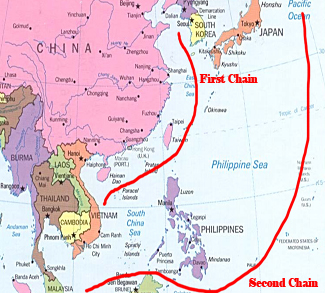India sticking to her guns. Interesting bit about the commitment not to bring more troops to the front. Is it possible that the Chinese got spooked by how quickly the IA brought in multiple divisions of infantry, and are looking for a face-saving exit?
https://twitter.com/vishnundtv/status/1308441612721115137
Of course, "stop sending more troops" is just the kind of commitment that is easy to make but very difficult for the other side to verify. Note that at this point, no one really knows how many soldiers India has deployed in the theatre.😈
So what did China gain from this "adventure". Let's try to make a list shall we?
- It gained ground on the northern bank of Pangong. Which is terrible terrain to mount any sort of offensive that penetrates into Indian territory in depth.
- It lost the tactical advantage on the Southern bank, which *is* useful terrain for mechanised formations to operate in.
- It lost the tactical advantage on the Southern bank, which *is* useful terrain for mechanised formations to operate in.
- At Galwan, if accounts from the ground are to be believed, the PLA got badly mauled, and had to pull back many kilometres into its own territory.
- Hot springs: stalemate.
- Depsang: Some tactical gains that were blunted by the Indian deployment of mechanised forces.
- Hot springs: stalemate.
- Depsang: Some tactical gains that were blunted by the Indian deployment of mechanised forces.
- At a strategic level, it brought upon itself what @somnath1978 rightly calls the "LoC-ization" of the LAC. For a military that is looking to make deep cuts in manpower and allocate an increasing share of its resources to oceanic warfare, this is a terrible outcome.
India has no territorial ambitions in Ladakh. It can afford to wait out the PLA. The PLA, meanwhile, has to focus on breaking past the first island chain in the Pacific. Which requires dozens of bases in the SCS, hundreds (thousands?) of aircraft, and scores of warships. 

Japan, SoKo, Taiwan, Australia, and the US are already building up their own forces in response to the Chinese buildup. The former two are now building aircraft carriers capable of supporting F-35s, the US is reinforcing its own island bases while pouring $20 billion into PACOM.
At such a juncture, what does the Chinese leadership decide to do? Get itself into a quagmire 5,000 km away from its demographic centre of gravity, via tenuous supply lines.
• • •
Missing some Tweet in this thread? You can try to
force a refresh







